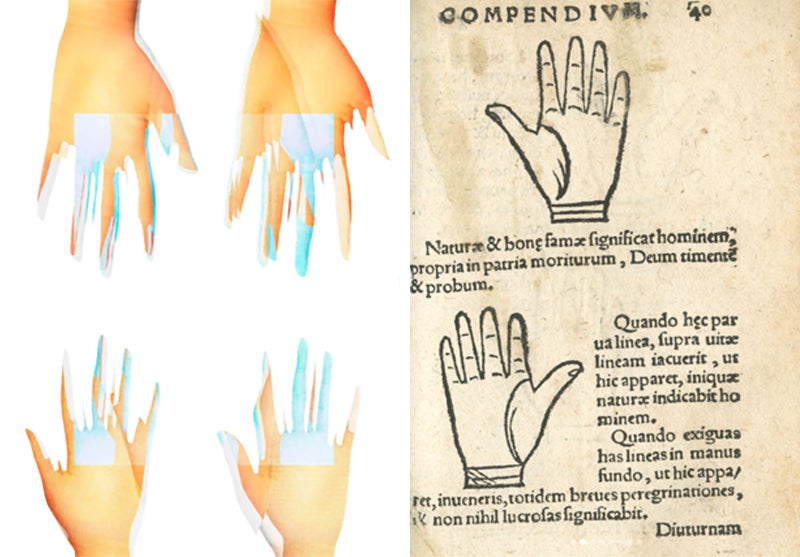Being your own advocate with Madeline Zuzevich
By Erica Lande

Madeline Zuzevich models what it means to “be your own advocate.” She came to the University of Illinois Chicago (UIC) as a Neuroscience major, but ended with a Bachelor of Arts in English. From one of many small Chicago suburbs that are typically lost in the shuffle, Madeline stands out.
She humbly accredits her upbringing for where she is today, yet her current accomplishments shouldn’t only be chalked up to her support system. Rather, I think she owes gratitude to her own advocacy because as uncomfortable as it was to believe in her own talent, Madeline Zuzevich left behind the safer route and is flourishing.
In January 2022, she had her digital photography displayed in the ‘PRAXIS’ exhibition at The Holy Art gallery in London. Later in June she debuted her chapbook of poetry, Cavity. Then in July, 2022 she traveled to Chios, Greece for her work in the Humanism II exhibition at the Maria Tsakos Foundation. Recently, she was an artist in residency for HECTOLITRE in Brussels, but now resides in London. To end 2022 off, Zuzivich published her poetry and photography in the Rimbaud Chronicles, a Berlin-based magazine. This is not an all-inclusive list; instead, it gives you the sense that she has been succeeding in promotion, like any great advocate would. Speaking of advocacy, if by the end of the article you find her story inspiring, promise to advocate for her. (You’ll see later on.) However, where is the connection between her degree and her success in the art-world?
.

In the Fall of 2021, she participated in the bi-annual Newberry Library Undergraduate Seminar (NLUS). NLUS is a great opportunity for Chicago based undergraduate students to start archival research. Madeline strongly believes in always putting in your greatest effort no matter the endeavor, so she created a project that not only impressed her professors and cohorts but also secured her a spot in the ‘PRAXIS’ exhibition. She was inspired by Bartolommeo della Rocca’s book, Physiognomiae epitome, written in 1541. Rocca’s book covers physiognomy (the pseudoscientific study of facial features) and chiromancy (the study of palm readings) by displaying repeated woodcut illustrations. To reuse the woodcut, a person would have physically stamped each page. In contrast to today, images are recycled digitally. So, she strayed from her main medium, analog photography, to parallel the process of 16th-century image replication with the 21st-century. This shows she analyzed the text as any English student would, but applied what she discovered not only in an essay, but through her own creative ingenuity. She believed in her work, and took a risk.
If Madeline Zuzivich followed someone’s suggestions on how to succeed, she may have not done her NLUS project in a form of photography as an English major, nor would she have tried a different medium of photography. Courageously, she followed her passions without a plan. Zuzivich emphasizes that “you should have a plan, to break the plan.” That is to say, always have goals and work as hard as you can for them, but be open to new possibilities along the way.
Madeline was the only person that could know what possibilities she could reach for because only she knows where her interests and talents lie. Thus, applying to The Holy Art was unpredictable in the scope of what an NLUS student might do, but that is exactly why you have to break the plan at times and advocate for your own trajectory.